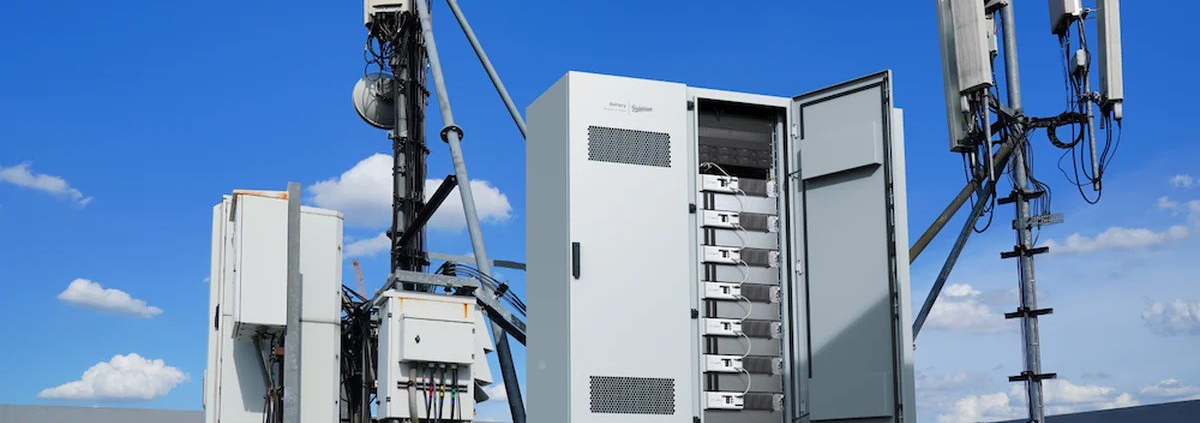Telecom Battery Manufacturers: Powering the Future of Reliable Communication Networks
The Rising Demand for Advanced Telecom Batteries
The global telecommunications sector is undergoing a seismic shift. With 5G deployment accelerating and data consumption doubling every three years, the need for uninterrupted power solutions has never been greater. Telecom batteries, the backbone of network reliability, are projected to grow from 2.5billionin2022to40 billion by 2030, driven by innovations in lithium-ion technology and renewable energy integration16. For energy solution integrators, understanding this evolving landscape is critical to delivering scalable, cost-effective solutions.
This article explores key trends, challenges, and opportunities in telecom battery manufacturing, with actionable insights for integrators aiming to optimize energy systems for modern communication networks.
1. Market Trends Shaping Telecom Battery Innovation
Lithium-Ion Dominance
Lithium-ion batteries (Li-ion) now account for 60% of the telecom battery market, surpassing traditional lead-acid solutions due to their higher energy density, longer cycle life (6,000+ cycles), and superior performance in extreme temperatures14. For instance, lithium iron phosphate (LFP) batteries excel in high-heat environments (40–50°C), making them ideal for outdoor base stations in regions with frequent power outages .
5G-Driven Energy Demands
5G infrastructure requires 3x more energy than 4G networks due to higher data rates and dense small-cell deployments. This has spurred demand for compact, high-capacity batteries like the 100–500 Ah range, which dominates 45% of the market1. Integrators must prioritize modular designs that support easy scalability, such as BSLBATT’s wall-mounted or pole-mounted LFP systems .
Regional Growth Hotspots
-
Asia-Pacific (40% market share): Driven by rapid 5G rollout in China and India .
-
North America (25% share): Focused on grid resilience and renewable integration, with tariffs incentivizing localized production .
2. Key Challenges for Energy Integrators
Balancing Cost and Performance
While LFP batteries offer 20% lower lifecycle costs than nickel-based alternatives, upfront costs remain a barrier. Integrators can mitigate this by:
-
Hybrid Systems: Pairing lithium-ion with flow batteries for long-duration storage .
-
Recycling Partnerships: Leveraging China’s $12B investment in lithium recycling to reduce raw material expenses .
Safety and Compliance
Battery fires and thermal runaway incidents have heightened scrutiny. Solutions include:
-
Advanced BMS: Real-time monitoring of voltage, temperature, and state-of-charge (SOC).
-
Certifications: UL, UN38.3, and ISO 14067 compliance, as seen in Leoch’s telecom batteries .
Geopolitical Risks
U.S. tariffs on Chinese lithium-ion imports (25%) are pushing manufacturers like BYD and Trina Solar to establish factories in Southeast Asia . Integrators should prioritize suppliers with diversified production hubs to ensure tariff-free access.
3. Technology Advancements Driving Integration
Smart Battery Management
Modern telecom batteries now integrate AI-driven predictive maintenance. For example, BSLBATT’s systems use RS485/SNMP communication protocols to sync with existing power systems, enabling remote diagnostics and load balancing .
High-Temperature Resilience
In regions like the Middle East and Africa, where base stations often operate at 50°C, gel-based lead-carbon batteries (e.g., Leoch’s DGM series) offer enhanced thermal stability and a 16-year design life .
Renewable Integration
Solar-powered base stations are rising, with hybrid systems reducing diesel dependency by 70%. Integrators should explore solutions like Huawei’s PV-storage-charging hubs, which combine LFP batteries with smart inverters .
4. Strategic Opportunities for Integrators
Customized Solutions for Niche Applications
-
Urban Micro-Stations: Compact, wall-mounted batteries (e.g., 12V/18Ah Leoch DJW series) to save space in dense cities .
-
Off-Grid Rural Sites: High-capacity (5,000+ Ah) systems paired with solar/wind energy .
AI and IoT Synergy
Adopting platforms like Enphase’s IQ Battery 5P—which supports OCP ORV standards for data centers—can future-proof telecom networks for AI-driven workloads .
Carbon-Neutral Partnerships
With telecom giants like Verizon targeting net-zero emissions by 2035, integrators should highlight green certifications and low-carbon manufacturing processes.
5. Spotlight: Leoch Telecom Batteries – Reliability Meets Innovation
For integrators seeking a balance of performance and sustainability, Leoch International stands out as a trusted partner. Their telecom-focused LFP batteries, designed for harsh environments, align with U.S. grid standards and global safety norms:
-
Leoch LFP Series:
-
High Cycle Life: 6,000+ cycles at 80% depth of discharge (DoD), reducing replacement costs .
-
Modular Design: Supports parallel configurations for scalable capacity, ideal for macro and micro stations .
-
Safety First: Built-in protections against overcharge, short circuits, and thermal runaway .
-
Compatibility: Seamless integration with existing rectifiers and solar inverters via RS485/SNMP protocols.
-
Explore Leoch’s tailored solutions for telecom networks at leochlithium.us/telecom/
Conclusion: Building Resilient Networks for Tomorrow
The telecom battery market is at a crossroads. Rising energy demands, regulatory pressures, and technological disruptions require integrators to adopt agile, future-ready strategies. By partnering with innovators like Leoch and prioritizing safety, scalability, and sustainability, energy solution providers can unlock new revenue streams while powering the connected world.
Key Takeaways for Integrators:
-
Prioritize LFP and hybrid systems for cost and safety.
-
Leverage AI-driven BMS for predictive maintenance.
-
Diversify supply chains to mitigate geopolitical risks.
-
Align with carbon-neutral initiatives to attract ESG-focused clients.
Stay ahead in the energy revolution—reliable telecom batteries are the lifeline of modern communication, and strategic innovation is key to thriving in this dynamic sector.


